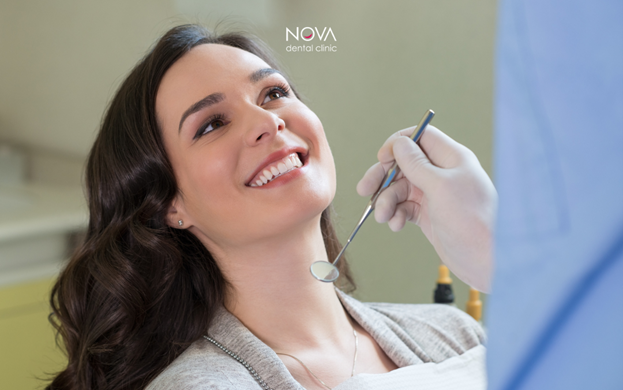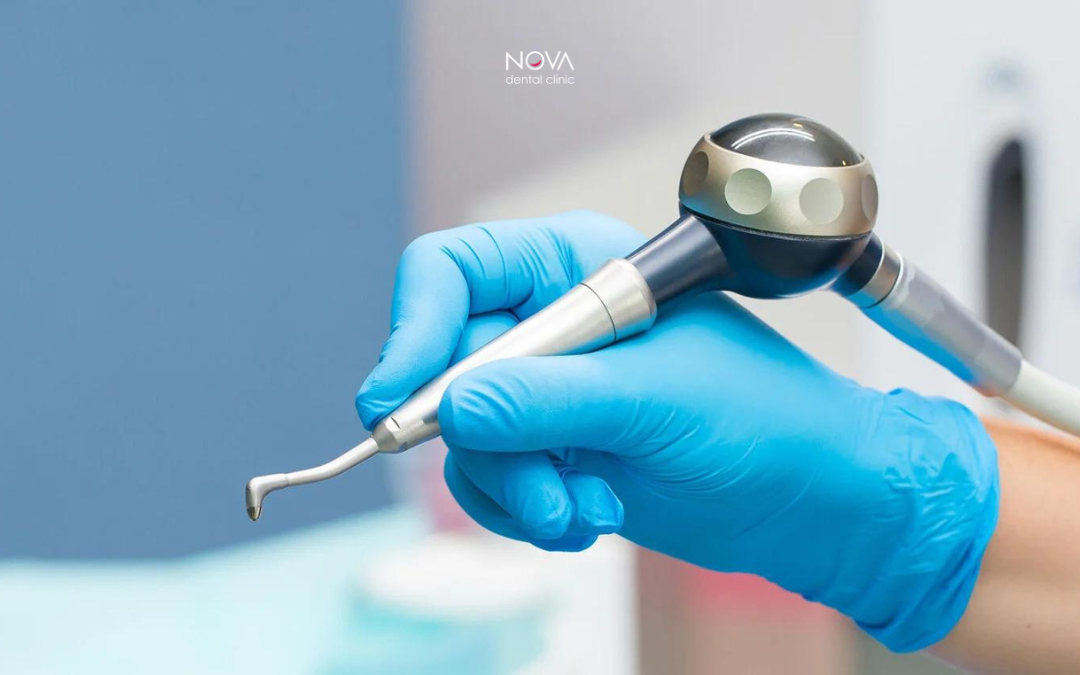An increasing number of adult patients are opting for orthodontic treatment to achieve the smile they’ve always desired. Numerous benefits of orthodontic therapy for adults contribute to the fact that every fourth orthodontic patient is an adult. Beyond creating a harmonious smile, orthodontic treatment ensures proper occlusion and tooth alignment, protecting the teeth and reducing the risk of future oral health issues. In the following text, we provide essential information about the benefits and specific considerations of orthodontic treatment in adulthood.

Am I Too Old for Orthodontic Treatment?
Rest assured, orthodontics is a branch of dentistry where age is just a number! When planning individualized treatment, an orthodontist considers various factors, and your age is only a minor aspect of the overall assessment. The biological processes that enable tooth movement remain consistent regardless of whether you are 16 or 77 years old.
Using orthodontic appliances, teeth can be aligned into an aesthetically pleasing and functional dental arch, and proper occlusion can be achieved. This can also create the necessary space for prosthetic restorations. However, extensive tooth movements or corrections of skeletal discrepancies should not be expected in adulthood. Orthodontic treatment is planned exclusively by a specialist orthodontist and, in some cases, in collaboration with an oral surgeon.
What Does Orthodontic Treatment Look Like for Adults?
Although teeth can be moved orthodontically throughout life, several factors influence the course and outcome of treatment in adult patients. The first consideration is that growth has ceased in adults. Since the optimal time for orthodontic treatment coincides with the active growth and development of the jaws, many orthodontic patients are children.
For some adult patients, the only way to achieve optimal results involves orthognathic surgery. Orthodontic treatment in adulthood may take longer due to reduced cellular activity and decreased vascularization of tissues, requiring lifelong retention. Wearing orthodontic appliances is often an unavoidable phase of preparation for prosthetic rehabilitation. Given that many adult patients present with missing teeth, gingival recession, and worn tooth surfaces, understanding the possibilities of orthodontic therapy and aligning expectations with realistic outcomes is crucial.
Which Type of Orthodontic Therapy to Choose?
Modern dentistry offers several therapeutic options for orthodontic treatment in adults. From traditional braces to clear aligners, you can decide, in consultation with your orthodontist, on the option that best suits your needs.
- Traditional metal braces remain widely used due to their proven efficiency and reliable results.
- Ceramic braces feature brackets made of tooth-colored or transparent ceramic material, offering better aesthetics and discretion.
- Lingual braces are affixed to the inner surfaces of the upper and lower teeth, providing an invisible solution. However, their components and application techniques are less accessible to many patients.
- Clear aligners are an excellent option for moving teeth to ideal positions. After treatment planning, you receive a set of aligners to wear for a prescribed period. While they allow perfect oral hygiene maintenance, aligners require compliance, as they must be worn 22 hours a day.
Which Option Is Best for Me?
Orthodontic treatment at Nova Dental Clinic is entirely focused on your well-being and satisfaction with the final result. Through careful treatment planning and an individualized approach, we will help you choose the optimal option for your specific case. Treatment duration is another factor patients often consider. It depends on the severity of the malocclusion, your age at the start of treatment, and the type of therapy chosen.
How Long Will I Need to Wear Braces?
The duration of orthodontic therapy is entirely individual, depending on the type and severity of the malocclusion. In most cases, treatment lasts between 1.5 and 2 years.
Is Wearing Braces Painful?
Discomfort and mild pain are completely normal and expected during the initial stages of orthodontic treatment. They typically last up to two weeks after the appliance is placed, as the teeth and soft tissues in the oral cavity adjust to its presence and movement. These sensations are mild, and you won’t need to take time off work!
“I Got Braces – Now What?”
Orthodontic appliances won’t interfere with your daily life. During treatment, you can enjoy all types of food and drinks! However, due to increased tooth sensitivity following appliance placement, it is advisable to consume softer foods for the first few days.
We emphasize proper oral hygiene for orthodontic patients, as brackets make cleaning teeth more challenging and increase plaque accumulation near the gums. To reduce the risk of cavities and gingivitis, we ensure our patients establish excellent oral hygiene habits before treatment begins. Proper oral care involves brushing teeth and cleaning interdental spaces at least twice daily, ideally after every meal. To facilitate cleaning around the orthodontic appliance, we recommend using standard and single-tuft toothbrushes, as well as water flossers. The pressurized water jet effectively removes food debris from between teeth and around the appliance components.
Orthodontic treatment in adulthood offers numerous benefits for preserving dental health and is often the first step toward achieving harmony in jaw function. Schedule your appointment today and get the smile you’ve always wanted!











